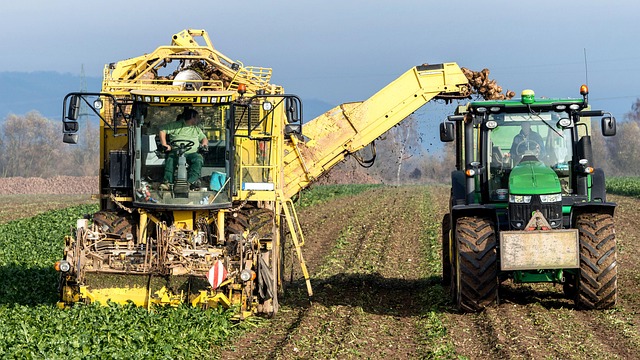In a world that constantly demands efficiency and innovation, sensor-based automation has emerged as a key player in transforming how businesses operate. The rise of robotics and artificial intelligence is reshaping the landscape of interactions, both between machines and humans, as well as among machines themselves. Businesses are leveraging these advancements to create a more seamless, responsive, and engaging environment.
At the core of sensor-based automation lies the ability of machines to perceive and interpret their surroundings. Sensors enable robots and AI systems to gather real-time data, respond dynamically to changes, and make informed decisions. This capability is revolutionizing industries such as manufacturing, logistics, and customer service. Picture a manufacturing floor where robots equipped with advanced sensors can detect anomalies in production lines, automatically adjusting to maintain efficiency and reduce downtime. The result? A streamlined operation that minimizes costs while maximizing productivity.
The integration of artificial intelligence into sensor-based automation further enhances these interactions. AI not only processes the data collected by sensors but also learns from it, improving over time. Consider customer service chatbots that utilize natural language processing and sentiment analysis; they can interpret customer emotions through their texts and respond appropriately, ensuring a more human-like interaction. This type of engagement fosters a sense of connection, enhancing customer satisfaction and loyalty.
Moreover, the implications of sensor-based automation are significant. As businesses adopt these technologies, they create an environment where human workers can focus on strategic initiatives rather than repetitive tasks. The partnership between humans and robots allows for a more harmonious workplace, where creativity and innovation can thrive. For instance, creative professionals can brainstorm and collaborate without being bogged down by mundane operational duties, empowering them to contribute more meaningfully to their organizations.
However, it’s essential to recognize that the move toward automation isn’t merely about replacing human jobs. Instead, it’s about augmenting human capabilities and redefining roles within the workforce. By embracing sensor-based automation, businesses can unlock new avenues for growth, enhance their service offerings, and ultimately achieve a competitive edge. The connection between robotics, artificial intelligence, and automation is paving the way for a future where innovation is at the forefront of every interaction.
As we continue to advance into an era driven by sensor-based automation, businesses need to remain agile and adaptable. The ability to understand and implement these innovations requires a shift in mindset—a willingness to embrace change and explore new possibilities. The potential that lies within this technology promises not only enhanced efficiency but also a richer, more fulfilling way of operating. The future of business interactions profoundly relies on how well organizations can integrate these cutting-edge technologies into their operations and culture.
Ultimately, the journey toward robust sensor-based automation is more than just a technical upgrade; it’s about reimagining the very essence of interaction in a dynamic business landscape. Engaging with robotics and AI opens doors to unparalleled efficiency, creativity, and collaboration. As we stand on the brink of this technological revolution, the potential for innovation is limitless, inviting businesses and individuals alike to step into a future ripe with opportunities.



